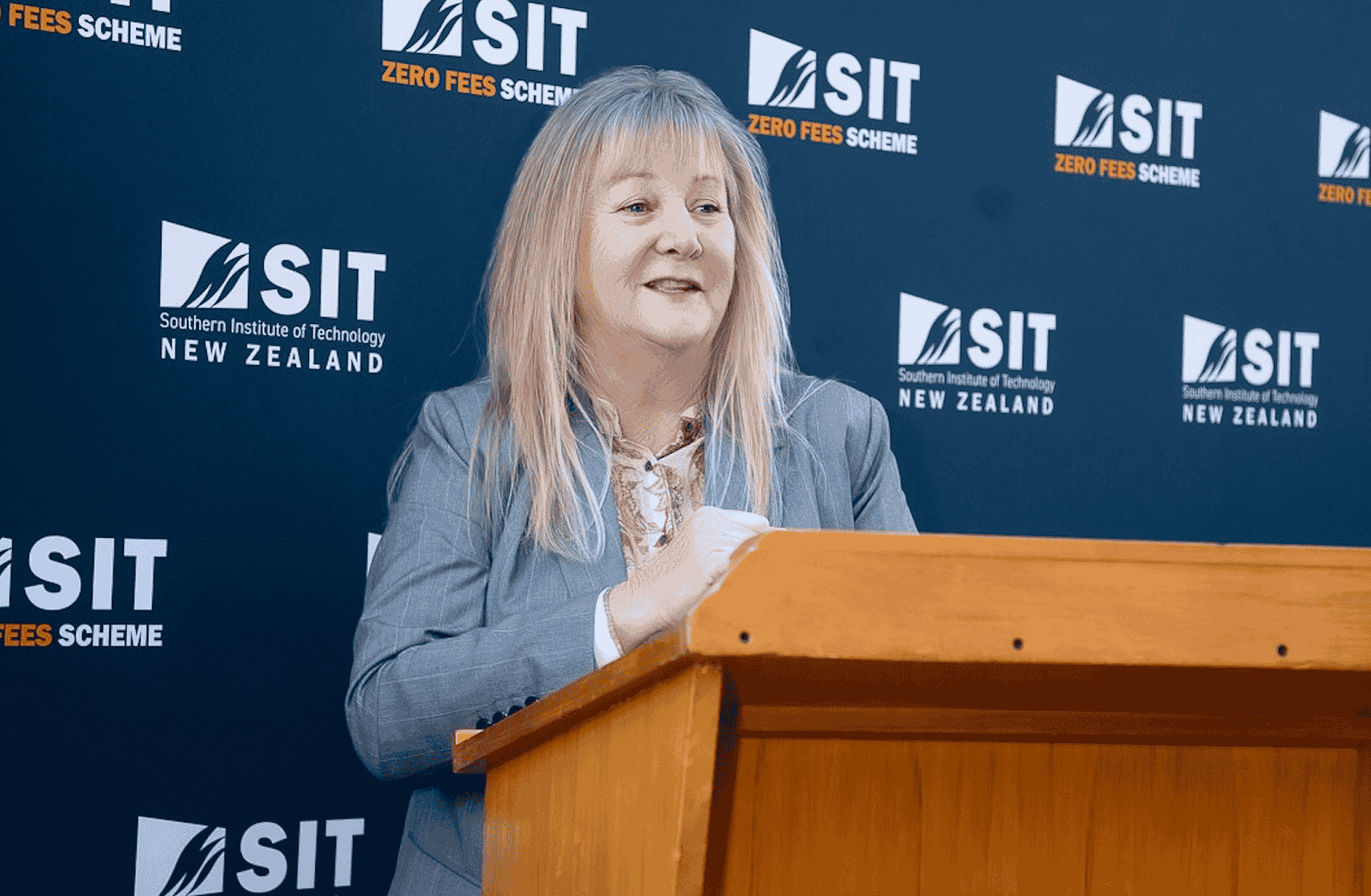The Southern Institute of Technology (SIT), including its Telford campus, will once again operate independently from 1 January 2026, following a Government announcement to restore regional governance to ten institutes nationwide.
 What's On Invers whatsoninvers.nzPenny Simmonds MP
What's On Invers whatsoninvers.nzPenny Simmonds MP
Vocational Education Minister and Invercargill MP Penny Simmonds confirmed the move, saying the decision returns control of vocational training to local regions. “This is all about returning SIT to the people of Southland – to the students, the local businesses and the Southern industries who rely on and support our local polytechnic.”
Simmonds said the return to regional decision-making would help strengthen the economy across the Southland region. “Locally led, regionally responsive, and future focused vocational education is at the heart of what will become this region’s on-going success story.”
The ten institutes set to regain independence include SIT, Otago Polytechnic, Ara Institute of Canterbury, Eastern Institute of Technology (EIT), Nelson Marlborough Institute of Technology (NMIT), Waikato Institute of Technology (Wintec), Unitec and MIT (to operate as a single entity), Toi Ohomai, Universal College of Learning (UCOL), and The Open Polytechnic of New Zealand.
Simmonds criticised the former Labour Government’s centralisation of polytechnics into Te Pūkenga, calling it “unwieldy and uneconomic.” She said, “Labour dismantled regionally-led vocational education – and now we are restoring it.”
“These changes offer greater flexibility and financial sustainability, and ensure training remains relevant to employment needs here in the South.
“I'm excited that we are rebuilding our incredibly important vocational education system right across the country, so that it delivers for students, for employers, and for the future of our country.”
Locally, the Southland community has warmly welcomed the announcement. SIT Operations Lead Daryl Haggerty said the return to autonomy reflects strong public support. “The shift to autonomy is a momentous step forward. We’re thrilled to regain our independence, and we know our community and industries will welcome this announcement as much as we do.”
Haggerty noted that independence allows SIT to innovate more freely and expand offerings such as the Zero Fees Scheme, the flexible HyFlex learning model, and its online SIT2LRN programme. He said this flexibility will better serve local learners and industries while supporting equity and access.
SIT also plans to expand international enrolments and support Government focus areas such as Science, Technology, Engineering and Maths (STEM), Health, Construction, and Food and Fibre.
SIT Community Advisor Chris Ramsay said the change could help meet regional workforce demands for large upcoming projects, including new data centres and renewable energy developments. “This is more than just a structural change—it’s a chance for SIT to become a stronger, more responsive institution to support the future of Southland.”
SIT said it remains committed to delivering high-quality, inclusive education and strengthening its role in Southland’s future development.
The ten polytechnics returning to regional governance are:
- Southern Institute of Technology (SIT)
- Ara Institute of Canterbury (Ara
- Eastern Institute of Technology (EIT)
- Nelson Marlborough Institute of Technology (NMIT)
- Toi Ohomai Institute of Technology
- Waikato Institute of Technology (Wintec)
- Unitec Institute of Technology (Unitec) and Manukau Institute of Technology (MIT), which will stand up as a single entity
- Otago Polytechnic
- Universal College of Learning (UCOL)
- The Open Polytechnic of New Zealand
Related:
 What's On Invers whatsoninvers.nzMike Sanford
What's On Invers whatsoninvers.nzMike Sanford

